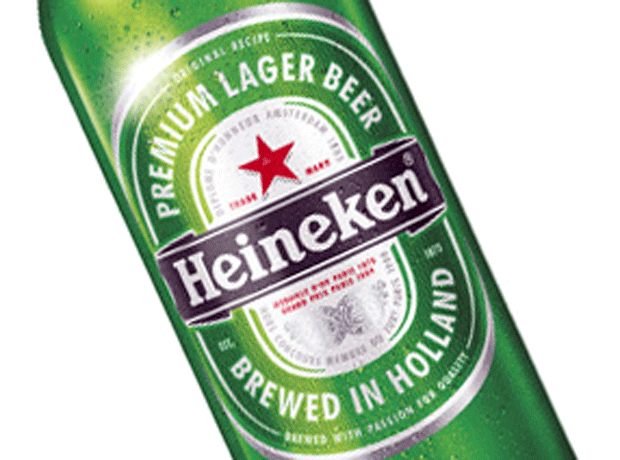
The methodology Tesco uses in its range reviews has moved on a lot since it started its Reset programmes. The old way was surprisingly simple, given all that Nectar data: on the Y-axis of a graph, it plotted value or volume sales. On the X-axis was gross margin. And then Tesco simply plotted SKUs and drew a nice curve. If your product was on the left side you were fine: yours was an important product. If your product was on the right hand side, safe to say, Tesco would likely delist it.
The trouble with this process was: it wasn’t customer centric. It didn’t reward uniqueness of product, and it didn’t reward products that were important to a smaller group of customers.
But three rounds into Tesco’s ongoing Reset programme and it’s a whole lot more sophisticated. On the Y-axis is the fully loaded net margin. And across the X-axis it uses a composite customer measure, a secret formula of various behavioural customer metrics, giving Tesco a more balanced view of how important each individual product is in a category.
This now means you can have a product that is reasonably profitable, and would have been safe using the old way. Instead, Tesco is likely to ask some really difficult questions. There’s also likely to be a rigorous debate about products in the middle ground. Ones with good volume and reasonable importance to the customer. But customers will happily interchange on these products, so there’s a big trade off to be made.
Using this process Tesco has moved the centre of gravity towards products that really matter to customers. In the bottom right hand corner are products that are very important to customers but not very profitable. In the old world Tesco would have taken those out in a heartbeat. But in the new world they absolutely stay - while the Tesco buying team will work with the supplier to figure out how to make them more profitable.
And the products in the real sweet spot in this chart are on the top right hand side: products that customers really value, and that are really profitable.
This week we saw the fruits of this labour in the Reset III review of the BWS category. As The Grocer revealed on Monday, more than half the SKUs in the Heineken portfolio were delisted ahead of the rollout, including fast-growing brands like Amstel, Birra Morretti, Sol, Tiger; while several leading brands, including Foster’s, Kronenbourg, Heineken, Desperados and Bulmers, saw their ranges heavily culled.
And in their place a whole bunch of new craft ales and ciders have been introduced.
So ask yourself this question: did Tesco delist all those Heineken lines because of its more sophisticated modelling? Or because of a good old-fashioned trading dispute?
With neither Heineken nor Tesco prepared to comment, we provided a balanced assessment of the dynamics in play. The press had no such scruples. Lifting our story, the likes of the Daily Mail, Times and Telegraph flipped the story round, and attributed the delistings entirely to Brexit.
And they could well be right. The question is: if those SKUs are reintroduced, will it mean they were, after all, too important to be dropped? Or that Heineken offered Tesco a better net margin? If Tesco really does apply its new way of thinking to the letter - one it is even prepared to teach to its suppliers - it surely can’t be both.







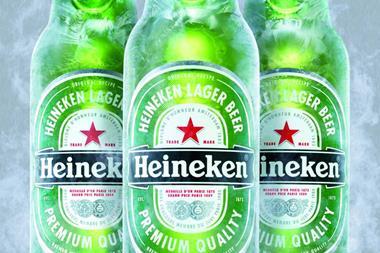
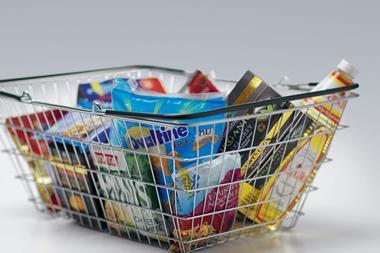
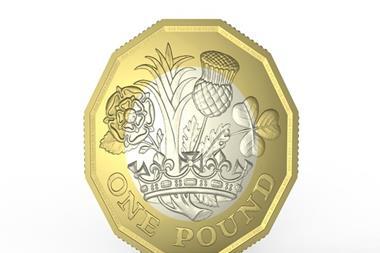


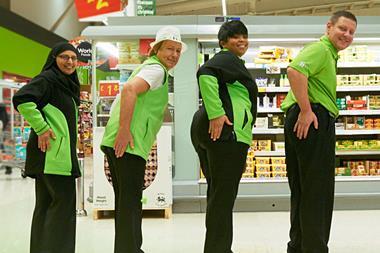

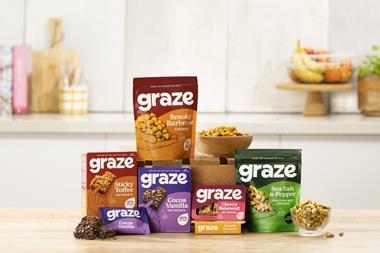
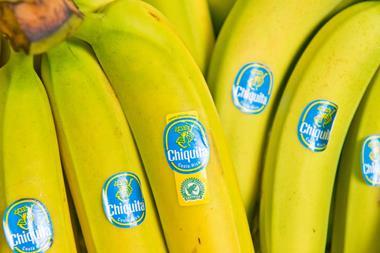
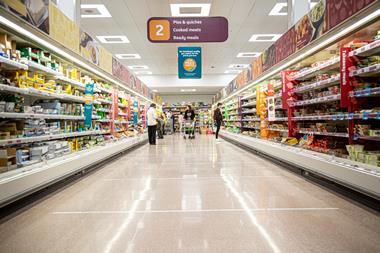

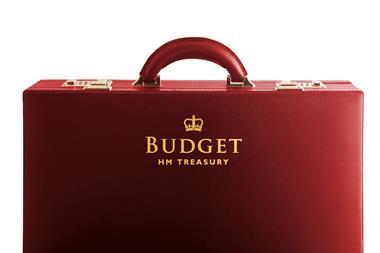
No comments yet